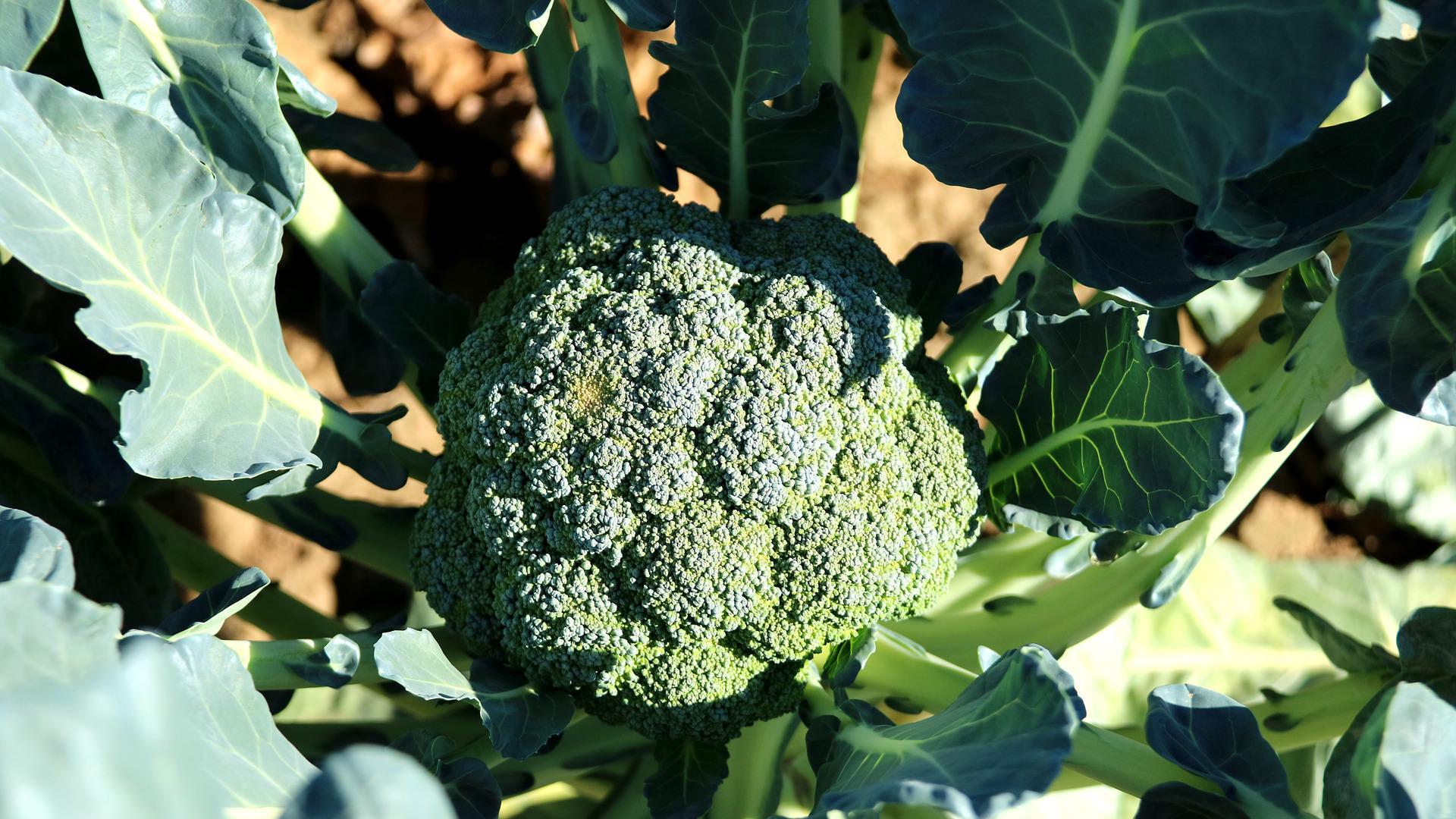Broccoli Cultivation
Broccoli is primarily grown from seedlings. Depending on the planned planting time, seedlings are grown in protected environments (early cultivars) or outdoors (autumn cultivars).
Seedlings grown in containers have uniform growth space, ensuring consistent plant growth and high uniformity of seedlings.
Seedling Cultivation
Seedling cultivation uses pre-made substrates with good water-air ratios, high water retention, and nutrient content sufficient for full seedling development. These substrates are sterilized and free of disease-causing organisms, pests, and weed seeds that are usually present in soil.
Transplanting seedlings with substrate on the roots, which well-developed seedlings completely encompass, prevents stress when moving to field conditions, unlike bare-root transplants. They continue to grow consistently, establish more easily and quickly, and hardly need replanting. Such seedlings can be transplanted into soil that is not optimally moist and can be done throughout the day, making better use of planting equipment and allowing planting over larger areas in optimal time.
Seedlings grown in containers mature earlier and generally yield more than bare-root seedlings grown in beds.
The container method is particularly suitable for producing hybrid vegetables, where the high cost of seeds makes it crucial to get a quality seedling from each seed.
Container Cultivation
Ready-made substrates with good water-air ratios, high water retention, and sufficient nutrient content are used for sowing in containers. These substrates are sterilized and free of disease-causing organisms, pests, and weed seeds. Containers made of polystyrene or plastic are used, with cell sizes of 25 cm³ for broccoli seedlings. Sowing can be done manually or with a pneumatic seeder.
Microclimatic Conditions for Seedling Growth
To promote quick germination, containers are placed in germination chambers where optimal temperatures are maintained (at 20°C, seeds germinate in 5-6 days) with air fully saturated with moisture using mist sprayers. After a few days in the chambers, containers are moved to heated protected areas where consistent optimal temperatures are maintained day and night until seedlings fully emerge. After the seedlings develop their first cotyledon leaves, the temperature should be lowered to around 15°C (up to 20°C on sunny days) with nighttime temperatures 3-4°C lower than daytime temperatures. Regular ventilation and substrate moistening are maintained. This regime continues for 5-6 weeks, enough for quality seedling development. By this time, seedlings have developed 4-5 true leaves. High post-germination temperatures result in elongated, fragile seedlings of poor quality and productivity.
*If planting must be delayed due to unfavorable external conditions (low temperatures, overly wet soil, rain), seedlings can be stored for up to 2 weeks at 1-2°C.
Seedling Care and Maintenance
In protected areas, containers are elevated above ground using bricks or stone blocks and concrete wire mesh or wooden slats. This elevated position promotes faster and better heating and prevents root growth through the container bottom, ensuring complete root entanglement in the substrate, making transplanting easier.
Substrate moisture must be maintained throughout the seedling growth period. Given the small volume of container cells, watering is necessary in the morning, with misting to maintain humidity during the day. It is preferable that plants remain unmisted in the evening and overnight. Rainwater collected from structures, well water, or clean natural water sources are ideal for watering. Tap water is generally colder and may negatively impact seedling development. Watering is done using automatic sprinkler systems with fine droplets, preventing damage to young plants and avoiding soil compaction. Manual watering should also use sprinklers that produce fine droplets. Automatic systems can apply foliar fertilizers like Fertina P, Profert Mara, and Kristalon when seedlings lose their dark green color, often when seedlings remain in containers longer than optimal.
With quality treated seeds and sterilized substrates, disease protection for container-grown seedlings is generally unnecessary. However, before transplanting, seedlings should be preventively treated with contact fungicides based on mancozeb (0.2% concentration) or copper-based fungicides.
Preparing for Transplanting
A week before transplanting, protected areas should be opened as much as possible to expose seedlings to direct sunlight, helping them adapt to the full spectrum of sunlight expected after field transplanting. Before transplanting, the substrate should be moderately moist for easy removal with the root ball. If too wet, the substrate falls off the roots, and if too dry, the plants will not establish well in the field.













































